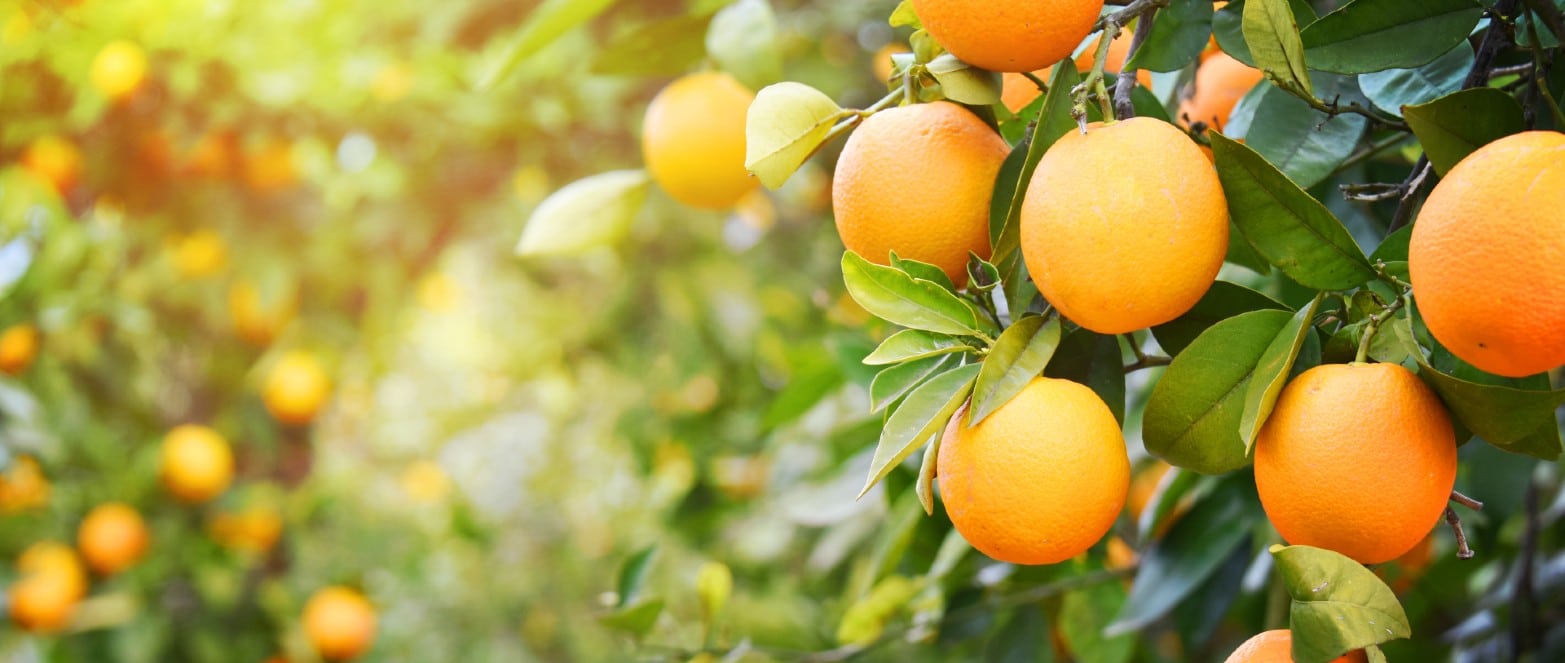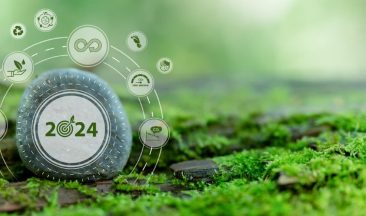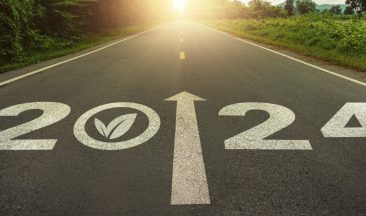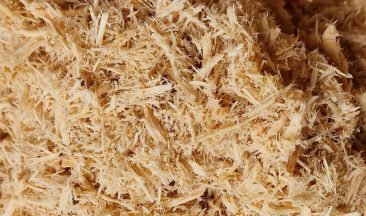In today’s world, challenges for humanity abound – and many are directly connected to agriculture. A growing population, targeted to reach over 9 billion people by 2050, requires abundant, high quality food. Growing that food sustainably is necessary to support the population in the long term. And it must be done on the same or less arable land than what’s available today.
Balancing increasing yields and crop quality with environmental stewardship can be challenging. But when used properly, fertilizers can improve crop yield and health and supplement and maintain soil fertility by providing nutrients that are required by plants to grow. This unlocks the full yield potential of the crop, producing as much as possible of the land, and ultimately fighting hunger. The key is the sustainable use of fertilizers.
Sustainability in agriculture has many facets. Environmental sustainability requires taking care of the soil and climate. Today, agriculture plays a big role in the changing climate through greenhouse gas (GHG) emissions. Agriculture, forestry, and land-use change contribute more than a quarter of the world’s GHG emissions. Change is necessary to minimize the impact of these emissions on the changing climate.
Producing food efficiently and sustainably requires changes to production practices on the farm. Adopting GHG-efficient practices could drive nearly 20% of the necessary emissions reduction by 2050. Practices and technologies like variable rate fertilization, no-till, and controlled release fertilizers can all contribute to the reduction in GHGs from agriculture.
What are Controlled Release Fertilizers?
Controlled release fertilizers (CRF) improve the nutrient use efficiency of plants, reduce nutrient loss, and simplify fertilizer application. CRFs contain plant nutrients in a form that can’t be readily absorbed by the plant, so uptake is delayed after application. CRFs can be applied a single time, and provide nutrients to the plant throughout the entire lifecycle.
CRFs are coated fertilizers where the coating material controls the rate, pattern, and timing of the nutrient release. The best controlled release fertilizers are designed to synchronize with changing crop nutrient requirements throughout the growth cycle.
CRFs release nutrients through a three-stage process. First, water penetrates the coating. Then, the nutrients dissolve, and finally, the nutrients are released through the CRF system.
There are different types of controlled release fertilizers, though most use polymer coatings made of thermoplastics, resins, or natural coatings. Some use inorganic materials like minerals and clay. ICL’s Osmocote, first introduced over 50 years ago, is one of the best controlled release fertilizers on the market today.
Controlled release fertilizers vs. slow release fertilizers
With an understanding of what controlled release fertilizers are, a common question is around the difference between controlled release fertilizers vs. slow release fertilizers. While these terms may be used interchangeably, there are significant differences in their mechanism and effectiveness.
Slow release fertilizers are decomposed by microbes or hydrolysis. This means the release pattern is dependent on climate and soil conditions, though the nutrients are released gradually. Nitroform, methylene urea, and urea formaldehyde are all types of slow release fertilizers.
Controlled Release Fertilizers Market Size and Trends
Controlled release fertilizers have been in the market for some time, though farmers and crop advisors have been learning more about what controlled release fertilizers are over time. As of May 2022, the controlled release fertilizer market is projected to reach $4895.6 million by 2030.
Controlled release fertilizers have a market in many crop types. Cereals and grains, oilseeds and pulses, and fruits and vegetables can all benefit from CRF. Newly planted orchards and vineyards as well as new forestry and oil palm plantations are uses for CRF. Not only agricultural crops but also turf and ornamentals have a market for CRF! CRFs have the potential to make a global impact on sustainability.
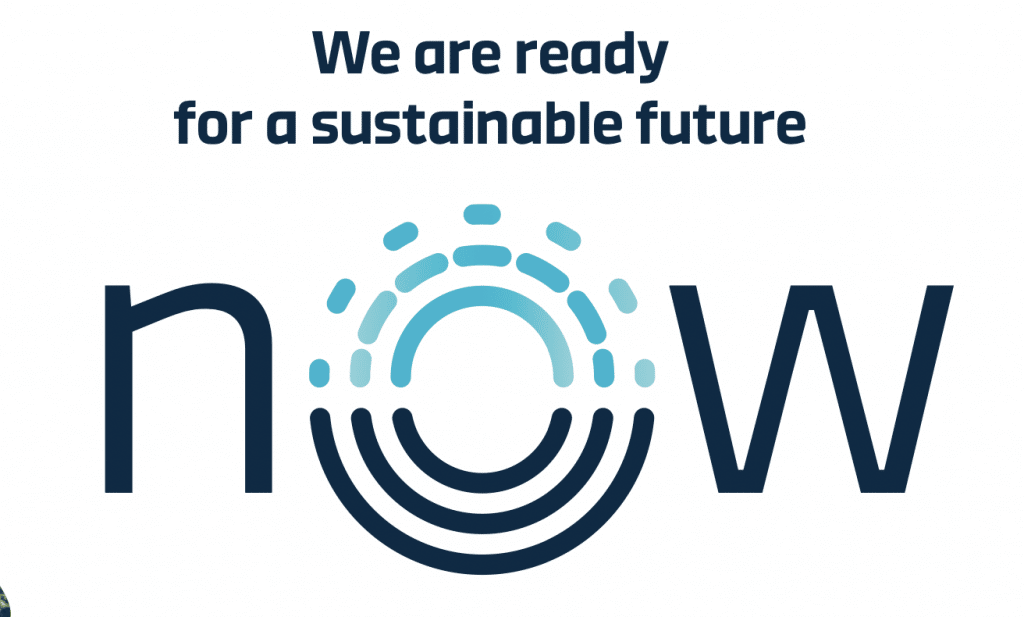
eqo.x: Bringing Controlled Release Fertilizer Technology to a New Era
In a big step forward for sustainable agriculture, ICL has launched eqo.x: a new type of controlled release fertilizer that uses a first-of-its-kind biodegradable release technology.
This technology propels sustainable agriculture and food security forward and can be an outstanding tool to meet European Farm to Fork strategy and EU Soil Strategy for 2030 needs. With a goal to reduce nutrient loss by 50% at a minimum by 2030, eqo.x is designed to deliver on European fertilizer standards and reduce nutrient leaching into both soil and groundwater.
How does it work?
eqo.x is the first biodegradable release technology in the market that can be used to coat granular fertilizers. eqo.x delivers sustainable nutrients in a four-step process.
Benefits of eqo.x
The cutting-edge biodegradable coating technology takes controlled release fertilizers to a new level of sustainability and applicability on the farm. Biodegradable release technology unlocks the opportunity for nutrients to address plant needs without impacting the environment. Farmers and the environment will both benefit from simplified, sustainable nutrient applications. eqo.x can:
- Increase nitrogen use efficiency (NUE) up to 80% through a temperature-based controlled release mechanism that delivers nutrients to the plant over time.
- Lower environmental impact by reducing nutrient losses by up to 50%, supporting the achievement of the Farm to Fork strategy and the EU Soil Strategy for 2030.
- Deliver higher or similar yields with lower fertilizer rates and fewer applications, because the nutrients are available to the growing crop over time.
- Lower the number of applications required. With a single application, the coating takes care of nutrient delivery over time, rather than making multiple passes through the field to split applied nutrients.
- Consistently release nutrients through the coating technology, providing predictable crop nutrient delivery throughout the growing season with minimal management.
More on the subject:
What are Controlled Release Fertilizers?
Fertilizers: The Basics
TSP and SSP Phosphate Fertilizers and their Contribution to Farming
eqo.x for the future
ICL is driven by developing solutions for sustainable agriculture. A secure future for our communities means adapting to societal needs, a changing climate, and a growing population. ICL takes a proactive approach towards sustainability, reaping the innovation of ongoing cultural focus on environmental stewardship.
ICL drives technology that makes a difference across the food and agriculture supply chain, particularly in the specialty fertilizer space. eqo.x is one of the best controlled release fertilizer technology, and is just one example of fertilizer innovation that makes a difference for farmers, the Earth, and humanity.
Armed with this technology, farmers can meet strategic environmental goals and protect the limited arable land all while growing production to improve crop production. eqo.x is a solution for farmers and for the future.
To learn more about this groundbreaking technology, please visit https://lp.icl-sf.com/uk-en/eqox/
